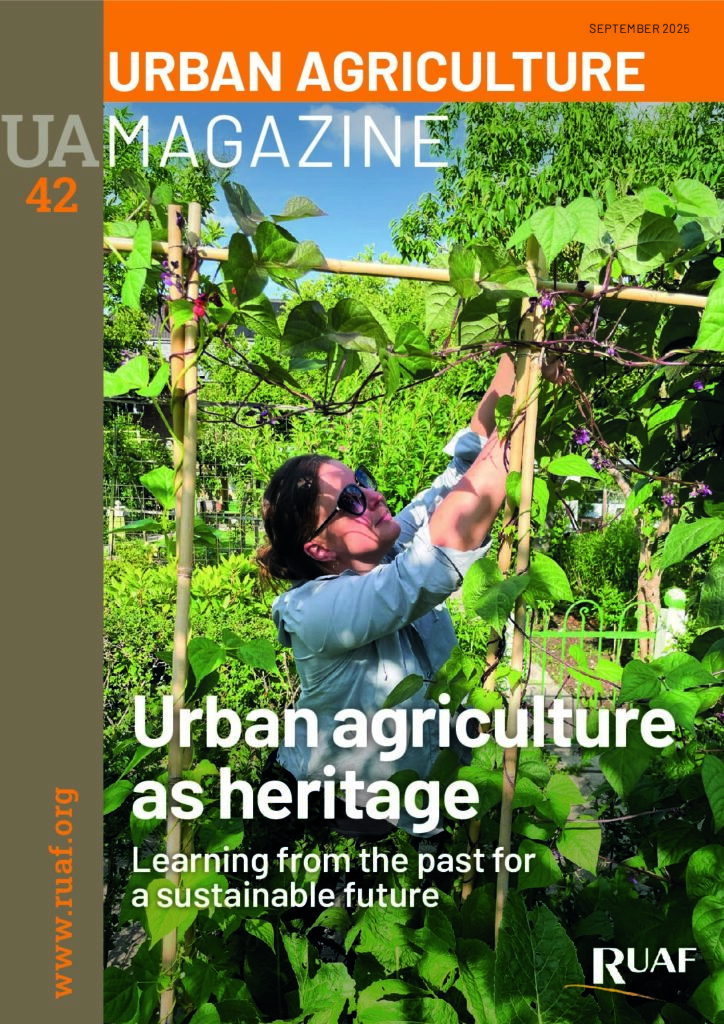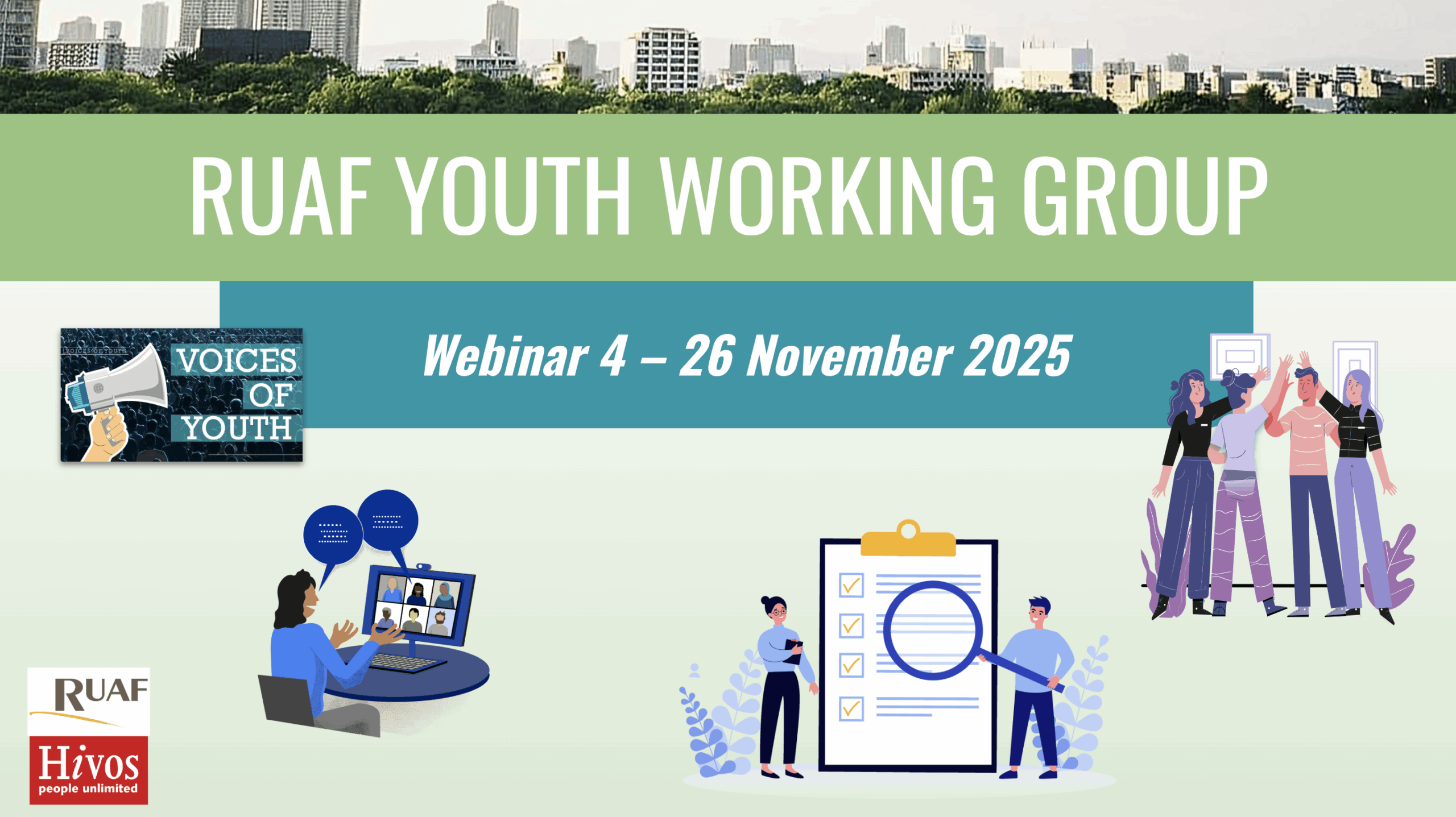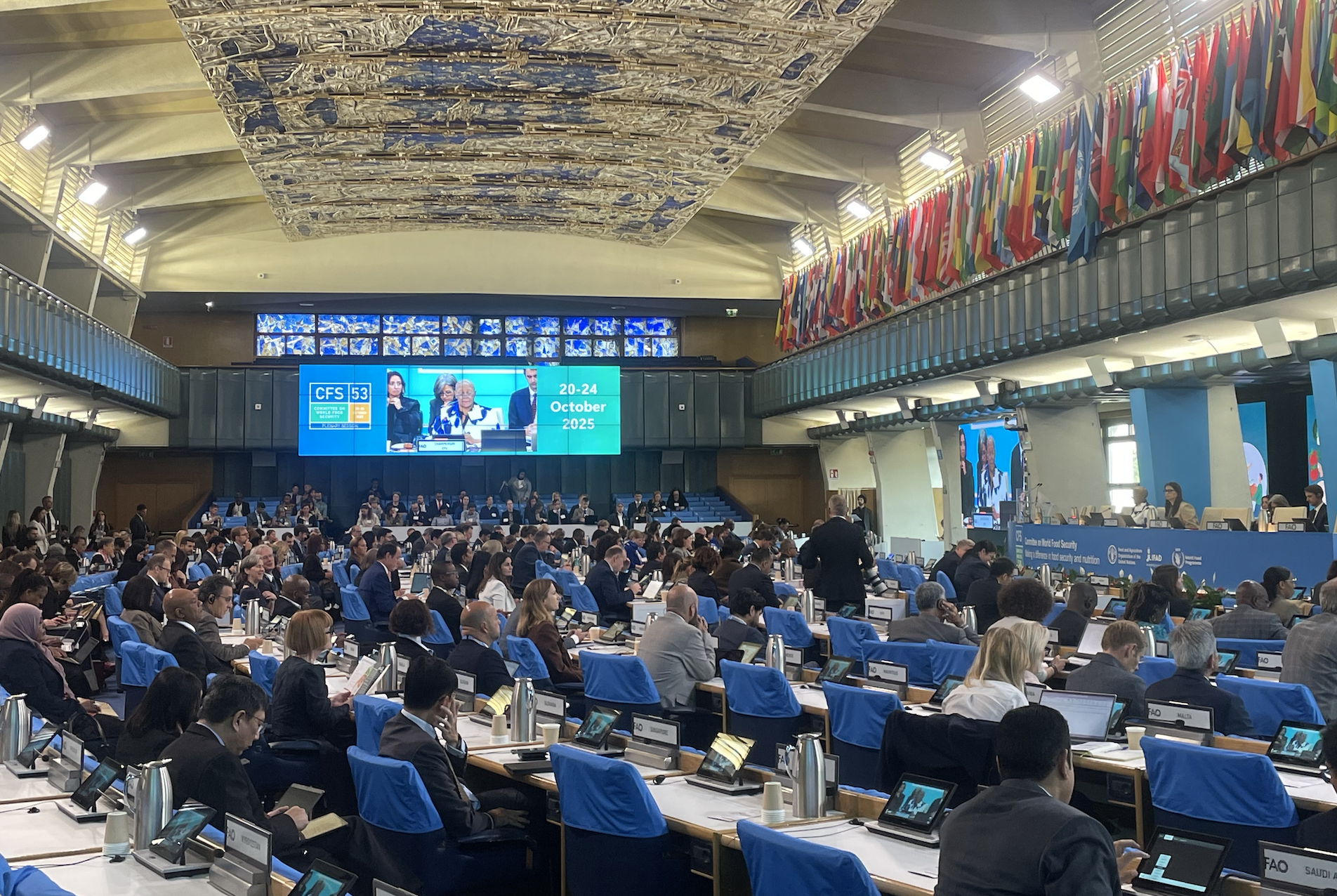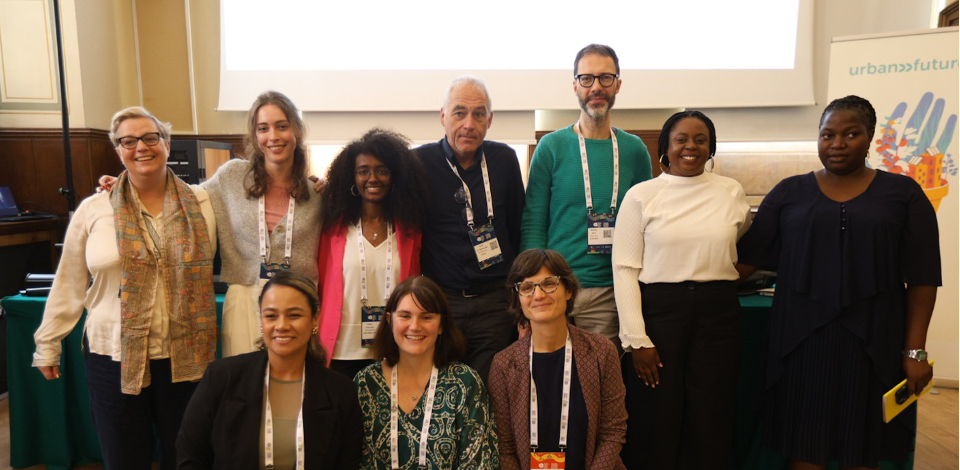The future of sustainable cities lies hidden in the past
Urban agriculture (UA) is a phenomenon as old as cities themselves. Seen by some as a curiosity and by others as a survival strategy, it is also recognized as an element of sustainable urban development. Whether driven by ecological, social or economic motivations, the resurgence of interest in UA has been supported and shaped by researchers, activists and policymakers over the last three decades. Yet one crucial dimension of UA remains largely overlooked: its cultural heritage.
This heritage matters. UA practices offer vital knowledge on local traditions, cultural identity and collective adaptability. As urban communities face rising challenges – from climate stress, to food insecurity, to shifting demographics and social fragmentation – practices that have stood the test of time can help them adapt. Exploring UA through the lens of heritage means learning from past ingenuity, recognizing the value of everyday cultural practices, and opening new pathways for more inclusive and sustainable urban futures.
While some funding schemes and recognition mechanisms for UA as heritage already exist, they mostly focus on “outstanding” or “universal” heritage that is considered of global importance. What is missing is meaningful support for ordinary living heritage, such as funding instruments and policies that value and protect it, from the city level to regional, national and global levels. Approaching urban agriculture as heritage could bridge gaps between society, planning and policy, and contribute to the transformation of cities into spaces that are participative, climate-smart and culturally vibrant.
By treating traditional UA practices not just as a memory but also as a method for democratic and shared ownership initiatives, the arena of “urban agricultural heritage” could be a very effective activator for committed citizens to engage in shaping their urban environment.
The challenge is that UA still tends to be seen in polarized terms – either as democratic and deep-rooted in local realities, or as a living force that continues to evolve and adapt so that it can enable sustainability. The question addressed by this issue is, how can UA heritage be seen as both, and be harnessed as part of sustainable urban futures?
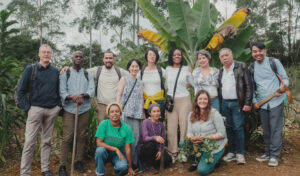
Heritage in practice: between preservation and transformation
UA as heritage is still a young field, but this issue offers valuable insights into its current state and reveals a diversity of attitudes, ideas and concepts of the term “heritage” and its management. Some authors emphasize rules and planning instruments; others recognize individuals as key carriers and their everyday lives and rituals in ethnic groups as heritage in themselves. Some authors advocate for the preservation of specific traditions and practices, others argue that heritage must evolve to survive, emphasizing the importance of rethinking old ideas and applying them in new ways. No single approach is sufficient on its own. What is needed is a mix of disciplines, tools and people, and an open exchange between different ways of understanding and working with heritage.
With this in mind, the process of compiling this issue has led to the following observations:
Firstly, the effort needed to kick off heritage-based initiatives depends on the local context. In some cases the concept of heritage is already institutionalized and heritagebased initiatives can work with established associations, archives and networks, and benefit from accumulated knowledge and an existing infrastructure. In other places, urban agricultural heritage has to be recovered due to biased or colonial documentation and the lack of systematic records. Here, civil and administrative actors, activists and researchers work at a foundational level, turning to oral histories, local practices and everyday knowledge to trace what might otherwise be lost. This work goes beyond preservation. It reclaims ownership for the people and renegotiates values and history writing, challenging dominant modern or Western narratives.
Secondly, the issue shows how heritage is approached differently depending on disciplinary backgrounds and local contexts. The authors come from a wide range of academic and practical fields, so their contributions reflect different thoughts and understandings of what heritage means and how to engage with it. This diversity is a strength, and is needed for mutual learning, negotiation and reflection.
Thirdly, many grassroots initiatives engage with heritage intuitively, often without recognizing it as such. Practitioners tend to underestimate the heritage values of their work and need encouragement to share their stories. Some stories were only framed as heritage through this call for contributions.
Fourthly, there is a tendency for top-down initiatives to instrumentalize heritage for storytelling or labelling. Too often, heritage is treated superficially, detached from its living context or frozen in time, becoming a static burden instead of a dynamic and evolving force. The issue challenges this, and the tendency to reduce heritage to products or built structures by outlining the importance of intangible values like knowledge, practices and rituals.
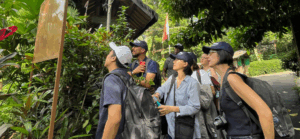
Heritage as a living, local and community-driven process
This issue outlines how UA heritage is not to be frozen or preserved behind glass but is a living, evolving force, rooted in local knowledge and shaped by people’s needs. It reveals how urban agricultural heritage has the power to adapt, inspire and foster inclusive practices across diverse contexts.
Returning to the question of how cultural heritage can be approached as both a deeply rooted part of local reality and as a living force, the contributions in this issue show countless ways of achieving this – provided that communities are recognized as the core of heritage.
Ultimately, cities and their communities are not only shaped by heritage; they are its makers and transformers. It is this insight that stands out across all contributions: Communities carry, reinterpret and retrofit their heritage, whether through traditional knowledge, shared practices or new experiments. Recognizing this agency is essential for cities that aim to integrate heritage-based approaches into policy and urban agriculture initiatives. Embracing locally rooted urban agriculture, together with its heritage values, brings diverse voices, perspectives and practices into conversations around planning, policy and the organization of urban agriculture initiatives. By recognizing cities and communities as key actors, we can reinforce the premise that the past offers vital lessons for shaping sustainable urban futures.
We envision a future where urban agriculture initiatives naturally integrate their heritage, engaging communities to identify and carry forward practices, tools, techniques, and resources that matter – with support from both, administration and policy actors.
This magazine is only the beginning. We hope it sparks ongoing discussions, in social media, workshops, policy forums and neighbourhood gardens worldwide.

Authors: Katharina Christenn, Axel Timpe and Frank Lohrberg (RWTH Aachen Institute of Landscape Architecture, which coordinated INSUAH), Akiko Iida, Luciana Fukimoto Itikawa, Gemilang Lara Utama and Jorge Pena Diaz (INSUAH partners), Jess Halliday (chief executive of RUAF), and Jia Ni (UA expert from the UN Food and Agriculture Organization).
This magazine was funded by Volkswagen Foundation under the project INSUAH – Integrated Study on Urban Agriculture, coordinated by the Institute of Landscape Architecture at RWTH Aachen University. Supplementary funding was provided under the Hivos Urban Futures Programme.
Discover the full issue of Urban Agriculture Magazine #42 below.
